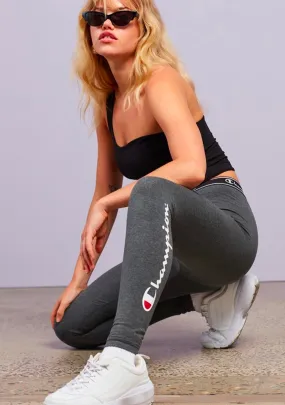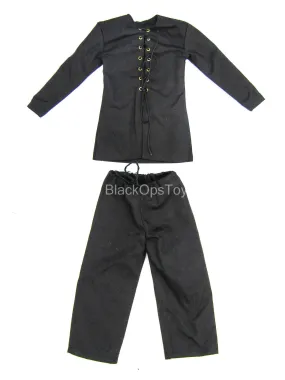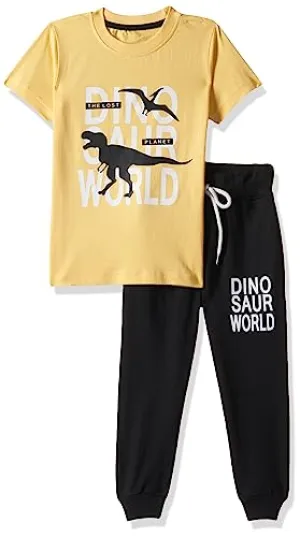The 5 Top-Rated Features of This Lymphedema Compression Sleeve
Effectively Reduce Lymphedema Swelling
This leg compression sleeve offers a comfortable, cost-effective alternative lymphedema treatment option. Rather than worry about taping, casts, or even expensive surgery, this simple wrap offers high compression levels and support for swollen, painful legs. This lymphedema product comfortably wraps compression around your entire leg from the knee down, reducing swelling and promoting healthy blood circulation.
Comfortable All-Day Compression
Wear the lymphedema compression wrap day or night to effectively relieve swollen legs. Whether you’re experiencing lymphedema in one leg, or both, this brace can be used interchangeably on the right or left calf. Unlike traditional, pull-on compression sleeves, this wrap features adjustable pressure straps that can be pulled and secured to the perfect compression level for your specific condition and pain. Thanks to the fully adjustable wrap, the calf brace can provide anywhere from 20-50 mmHg levels of compression depending on how tight you’d prefer to wear the sleeve.
Lightweight, Discreet Pain Relief
Designed to be worn directly against the skin or fitted compression stockings, the leg unilateral or bilateral lower extremity edema wrap is lightweight, thin, and hardly noticeable under a pair of loose pants. Black in color, the leg compression brace blends in, allowing you to wear it comfortably during the day while working, walking, exercising, or completing daily tasks and activities. Use the compression wrap for pain relief from a variety of conditions, such as:
- Lymphedema
- Lower extremity edema
- Obesity leg water retention
- Swollen calves, feet, and ankles
- Lymphatic drainage
If you’re unsure if this support will help you, check with your doctor or medical professional before prolonged use.
Quick and Easy to Apply
This wraparound compression brace could not be easier to apply. The application process is easy; it takes just minutes to get the wrap on and off. Line the brace up with your shin, wrap and secure the compression straps starting from the top and working your way down. You can also adjust the compression level using the straps throughout the day to receive various pressure levels and support.
Comes with High-Quality Compression Stockings
Unlike other lymphedema compression products, this leg sleeve offers you various treatment options. The wrap includes a pair of high-quality, supportive 20-30 mmHg compression socks. Depending on the amount of compression you’d like to receive, you can slip the compression stockings on before applying the lymphedema garment. For less compression, wear the lymphedema wrap on its own!
Living With Lymphedema: At-Home Treatment for Swollen Legs
Lymphedema is a condition that occurs when tissues swell caused by a buildup of protein-rich fluid that should usually be drained through the body’s lymphatic system. Lymphedema can occur in several places, including the chest, abdomen, genitals, and neck. However, the most common place men and women experience retaining fluid and swelling is in the legs and arms. When lymphedema is severe, the condition can affect your ability to move the affected limb, causing pain, discomfort, and an interruption to your daily activities. Keep reading to learn more about lymphedema, including the symptoms, causes, and how to best treat your specific pain.
Lymphedema Symptoms and Causes
What exactly causes lymphedema and swelling in the legs? The reasons for the condition can range from inherited conditions to surgery recovery issues. The most common causes of the condition are:
- Cancer. If cancer cells block lymph vessels, lymphedema may result. For instance, a tumor growing near a lymph node or lymph vessel could enlarge enough to block the flow of the lymph fluid.
- Radiation treatment for cancer. Radiation can cause scarring or inflamed lymph nodes or lymph vessels.
- Surgery. In cancer surgery, lymph nodes are often removed to see if the disease has spread. However, this doesn't always result in lymphedema.
- Parasites. In developing countries in the tropics, the most common cause of lymphedema is infection with threadlike worms that clog the lymph nodes.
- Risk factors. Those who are older, overweight or obese, or those with rheumatoid or psoriatic arthritis are more at risk of lymphedema.
Signs and symptoms of lymphedema can range from mild to severe depending on the level the condition has reached. However, the most common signs of lymphedema include:
- Swelling in part or all of the arm or leg (may also include fingers or toes)
- Tightness or heaviness in the affected area
- Restricted range of motion
- Fibrosis (hardening and thickening of the skin)
If you’re experiencing extreme pain or discomfort, make sure you see a doctor immediately to find the best form of relief for you.
How Do You Treat Lymphedema in Legs?
Although there is no known cure for lymphedema, there are treatment options to help prevent the pain and symptoms associated with the condition. The main symptom associated with lymphedema is the painful swelling and inflammation that occurs. Wrapping your leg with medical-grade compression can be a quick and easy way to relieve swelling and lymphedema pain in your legs. This wrap and compression stockings provide your lymphedema-affected leg with constant pressure and support to relieve pain, swelling, and other associated conditions.
Secondary vs. Primary Lymphedema: What’s the Difference?
Lymphedema causes unwanted swelling and other painful symptoms, but understanding what is causing the condition may be key to finding your perfect form of pain relief.
Primary Lymphedema
This form of lymphedema is rare, caused by gene mutation responsible for lymphatic system development. The mutated genes cause the lymphatic system to not drain fluid or work properly, resulting in lymphedema.
Secondary Lymphedema
Secondary lymphedema is caused by an accident, injury, or defect in the lymphatic system. Conditions that cause secondary lymphedema are most commonly obesity, infection, drug abuse, neoplasm, or trauma.
Increasing Lymph Circulation in Your Legs: How Does a Lymphedema Wrap Work?
Wrapping your swollen leg with this compression wrap is the best way to reduce inflammation and increase proper blood circulation. The wraparound support can be worn daily for proper protection, support, and pain relief from lymphedema-related issues. Cover your leg from the bottom of your knee to the top of your ankle with this lymphedema compression sleeve for 360-degree relief. Plus, the wrap comes with a pair of high-quality compression stockings, perfect for reducing swelling pain.
The Four Stages of Lymphedema
The severity of lymphedema is described in stages, which are often based on the timeline that the condition has been present, as well as what treatment methods are being carried out. Keep reading to learn more about each stage of lymphedema.
Stage 1: Latency Stage
This state of lymphedema occurs when swelling and other common symptoms may not be evident, despite a damaged or impaired lymph transport. This is the result of an abnormal flow in the lymphatic system, without any apparent signs or symptoms.
Stage 2: Mild Lymphedema
The early stage of mild lymphedema is reached when fluid accumulates within the affected limb. This fluid build-up will begin to cause swelling that appears to go away with limb elevation.
Stage 3: Moderate Lymphedema
Within the second stage, the swelling in your limb will become permanent. Elevation alone will rarely reduce the swollen leg. During this stage, tissue fibrosis will begin to develop.
Stage 4: Lymphostatic Elephatiasis (Severe)
Severe swelling and thickened skin with wart-like overgrowths will begin to develop during this severe stage of lymphedema. This stage will make walking and regular daily movements difficult and painful.
Use this lymphedema leg wrap to help prevent and reduce swelling symptoms through stages 1-3 of the condition.
Frequently Asked Questions About This Compression Garment for Lymphedema
- What conditions / injuries does the calf sleeve treat? Use to help treat and manage swollen legs, feet, and ankles caused by obesity, lymphedema, water retention, edema, and lymphatic drainage.
- Who can wear the compression wrap? Petite to plus-size adult men and women can benefit from the use of this leg swelling wrap.
- How do I put the brace on? Undo all fastener straps and line the brace against your shin with the logo on top. Fasten and secure each pressure strap starting from the top and working your way down.
- Is lymphedema curable? While there is currently no known cure for lymphedema, this treatment brace can help reduce swelling and prevent pain or complications.
- How do I know what size to get? Measure using a flexible measuring tape and refer to the sizing chart pictured above to find your perfect fit before purchasing.
- What is the mmHg level of compression? The wrap is adjustable, providing anywhere from 20-50 mmHg. The pair of compression stocks provide 20-30 mmHg.
- Can I wear this lymphedema wrap over my pants? To experience the full level of compression, this wrap should be worn directly against the skin.
- When should I wear it? Designed to be worn all day as needed. Due to the high level of compression, it is not recommended to wear the leg sleeve or compression socks to bed.
- What is included with this brace? You will receive one lymphedema leg wrap and a pair of high-quality compression stockings.
- Should I wear this sleeve with compression stockings? It’s recommended to always wear the lymphedema wrap with a pair of compression stockings in order to avoid fluid buildup in the feet. The wrap comes with a pair of knee-high compression socks included!
- What material is this compression garment made of? Polyutherune lined foam wrap with hook and loop fasteners. Includes pair of 20-30 mmHg nylon and spandex compression socks. All components are latex free.
- How tall is this lower leg brace? The at-home lymphedema wrap is 11.8 inches tall.
- Washing instructions: Hand wash in warm water with mild detergent. Allow wrap to air dry completely before reapplying. Do not use high temperatures to wash or dry.
- Other features:
- Discreet and breathable
- Adjustable pressure straps
- Pair of compression socks included
- Color: Black.




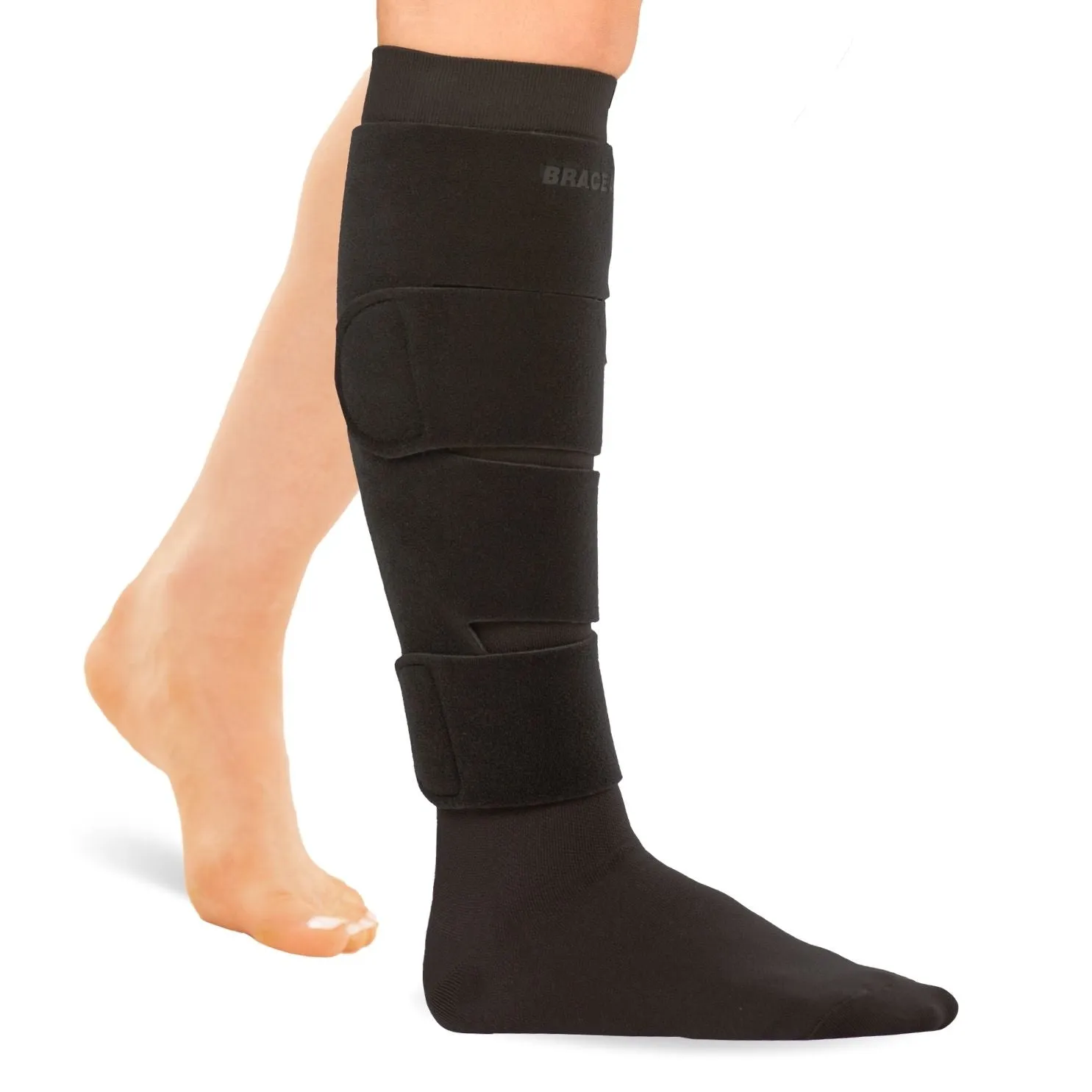
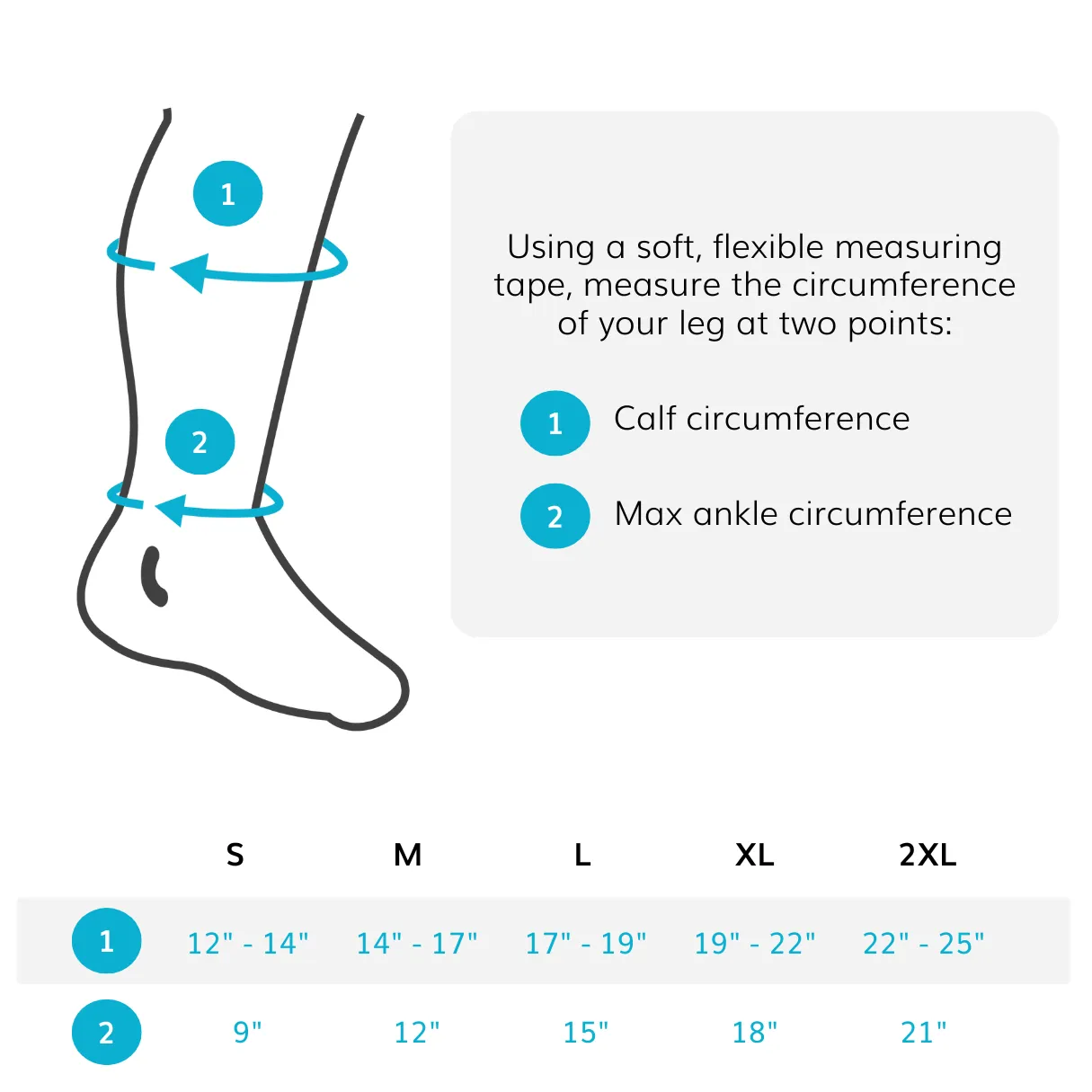
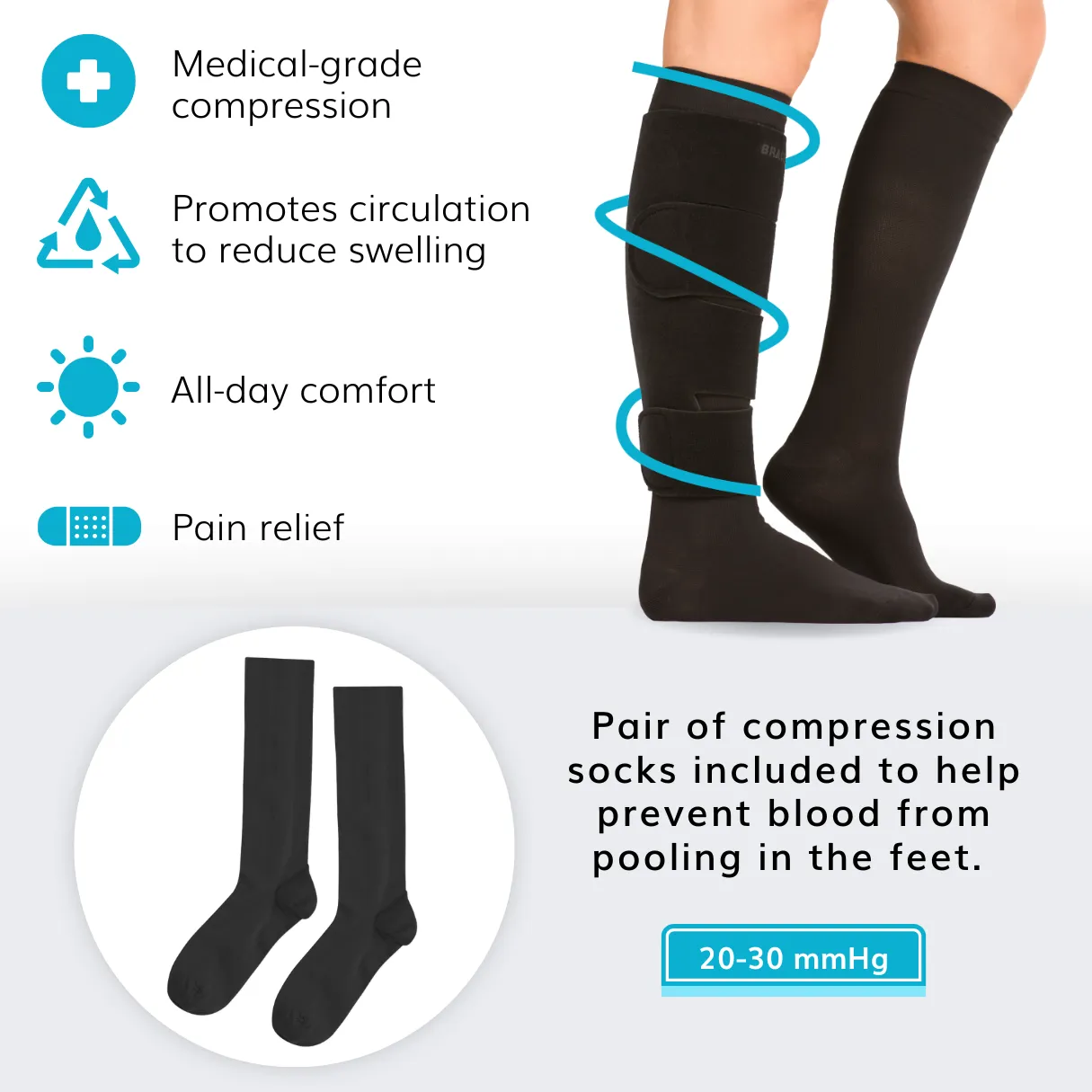
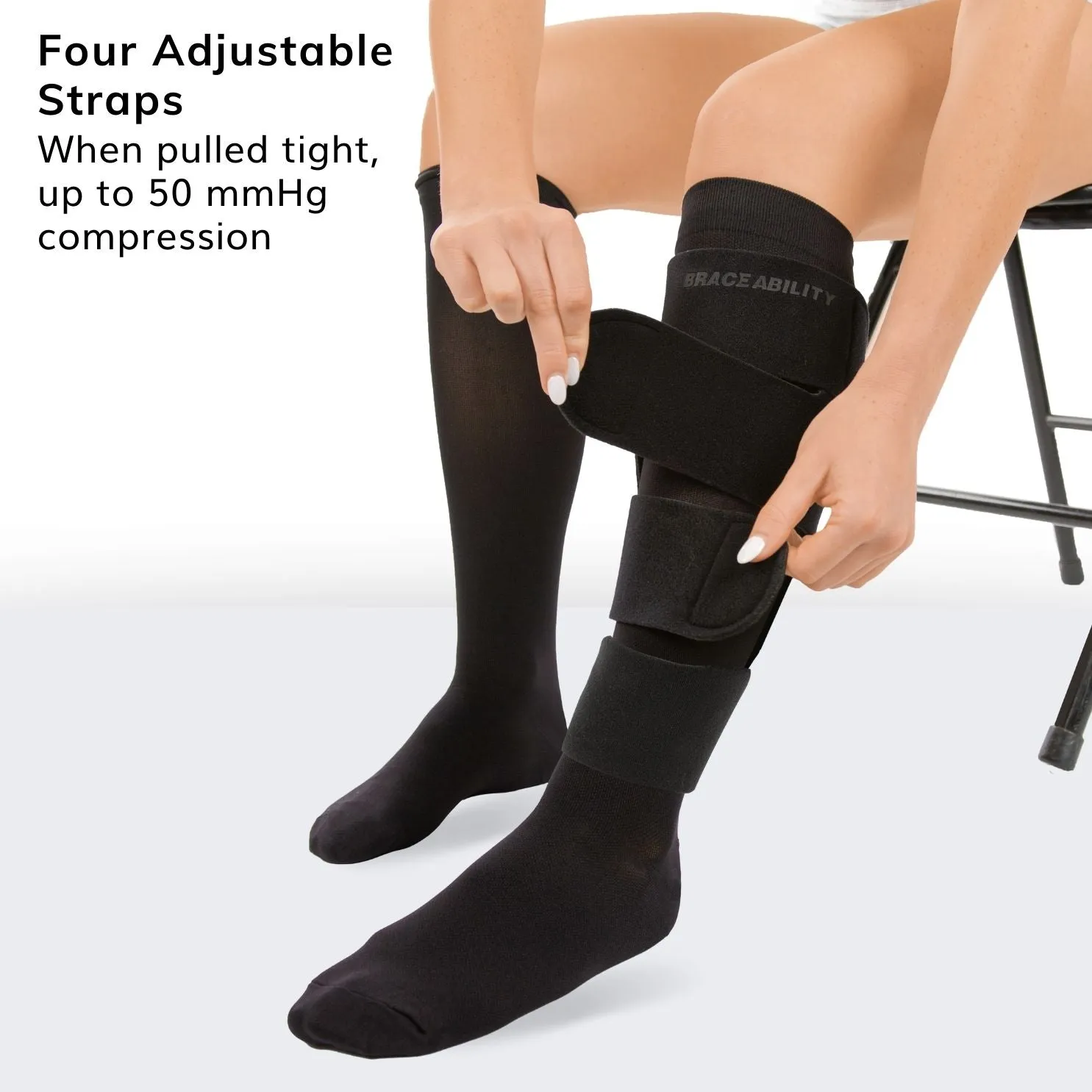
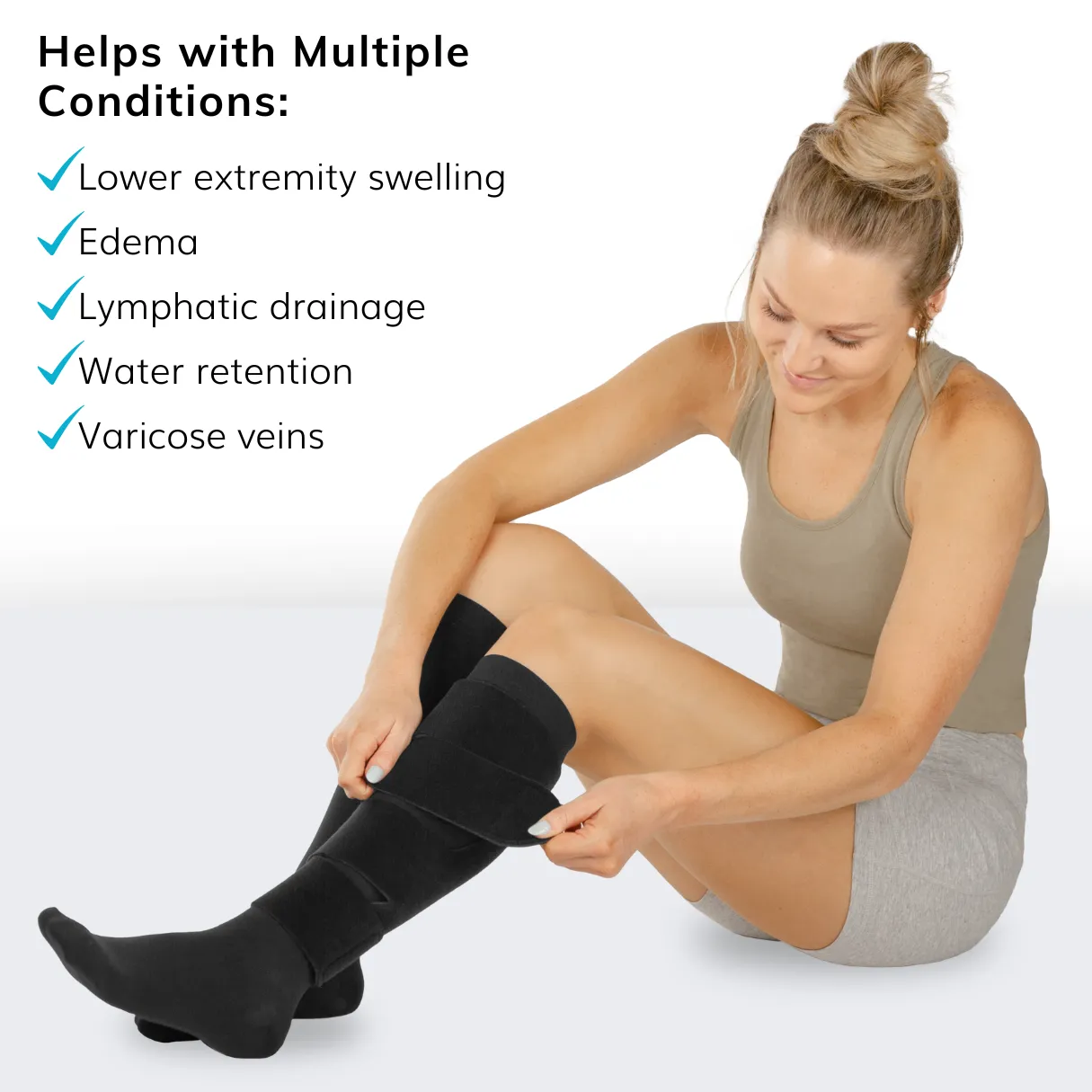
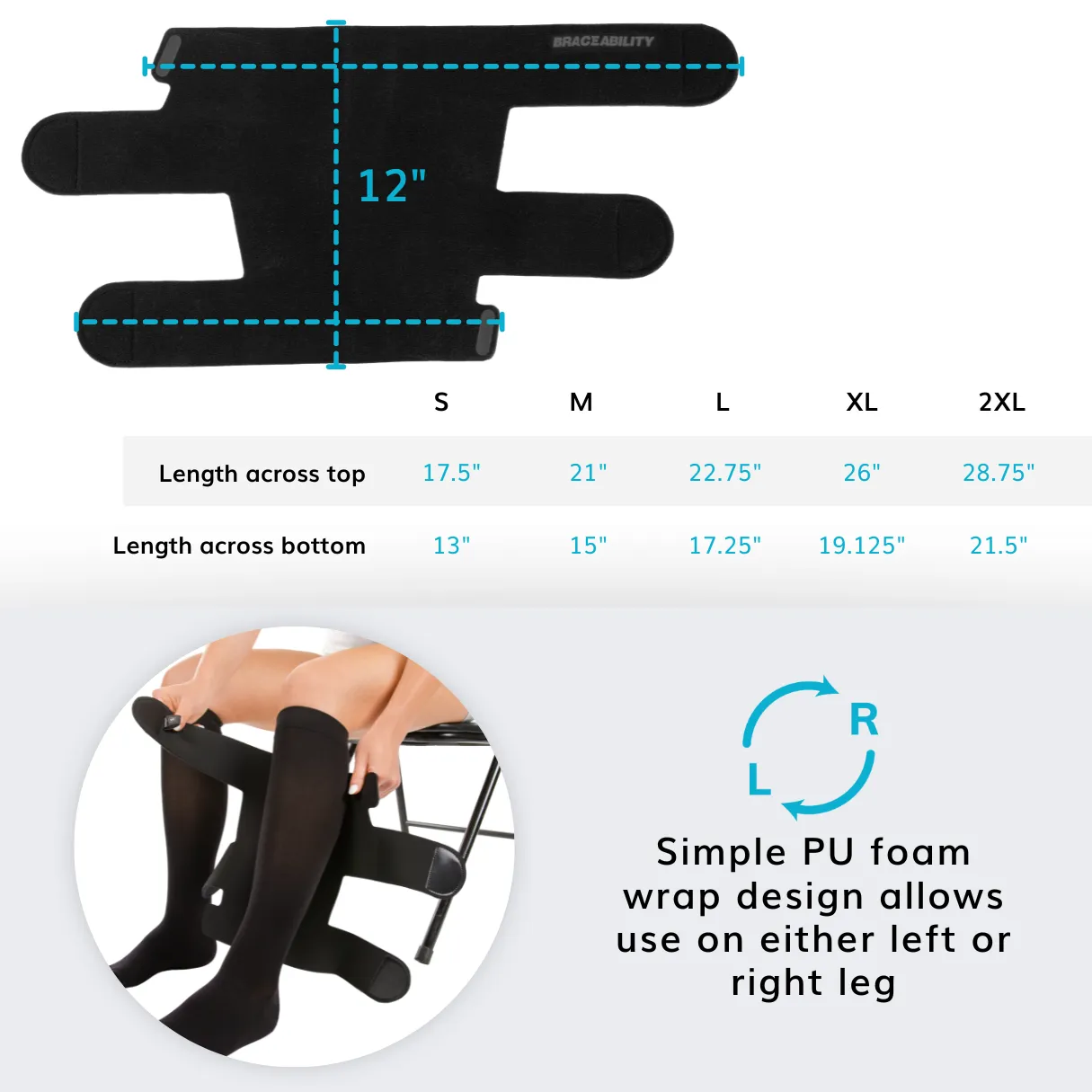
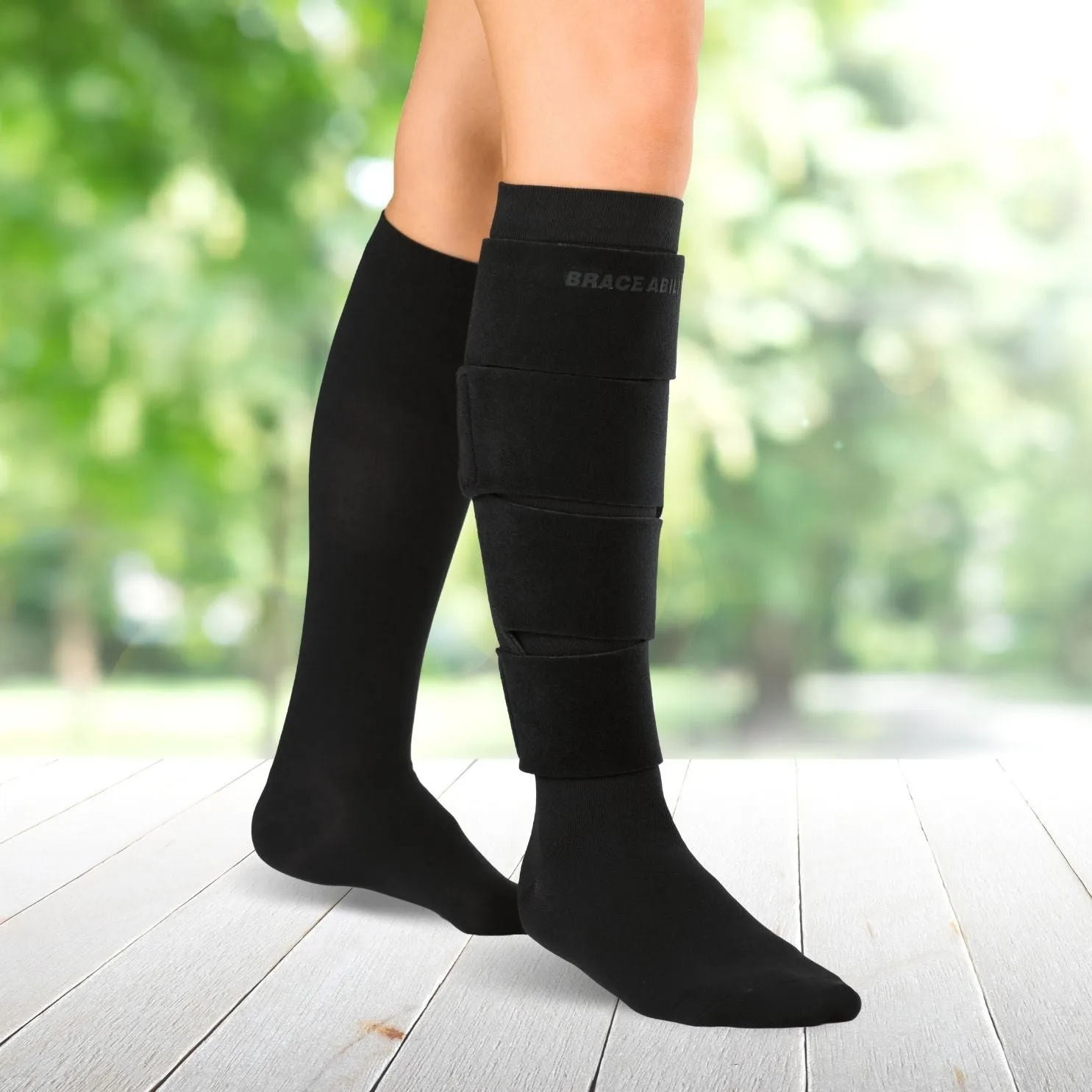
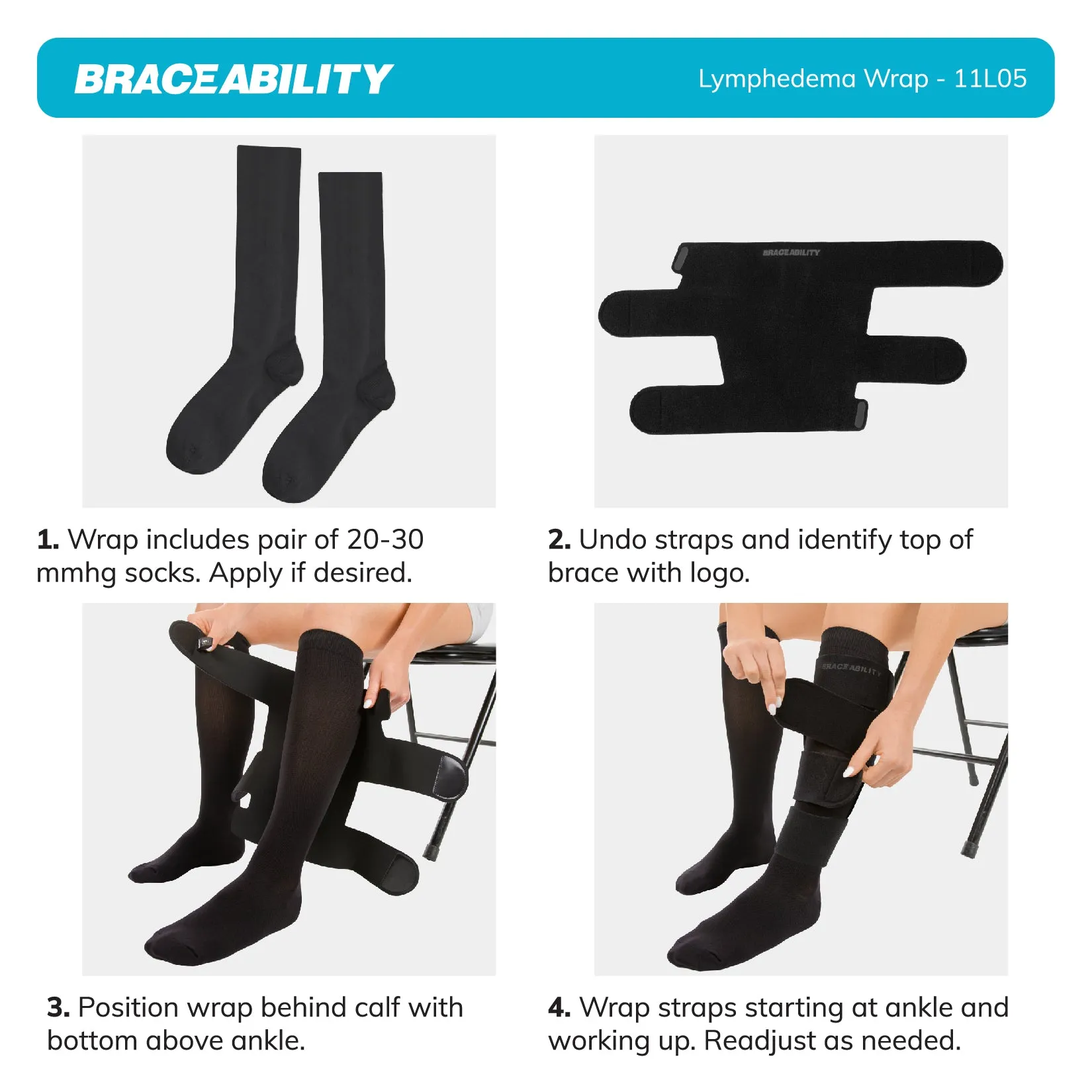
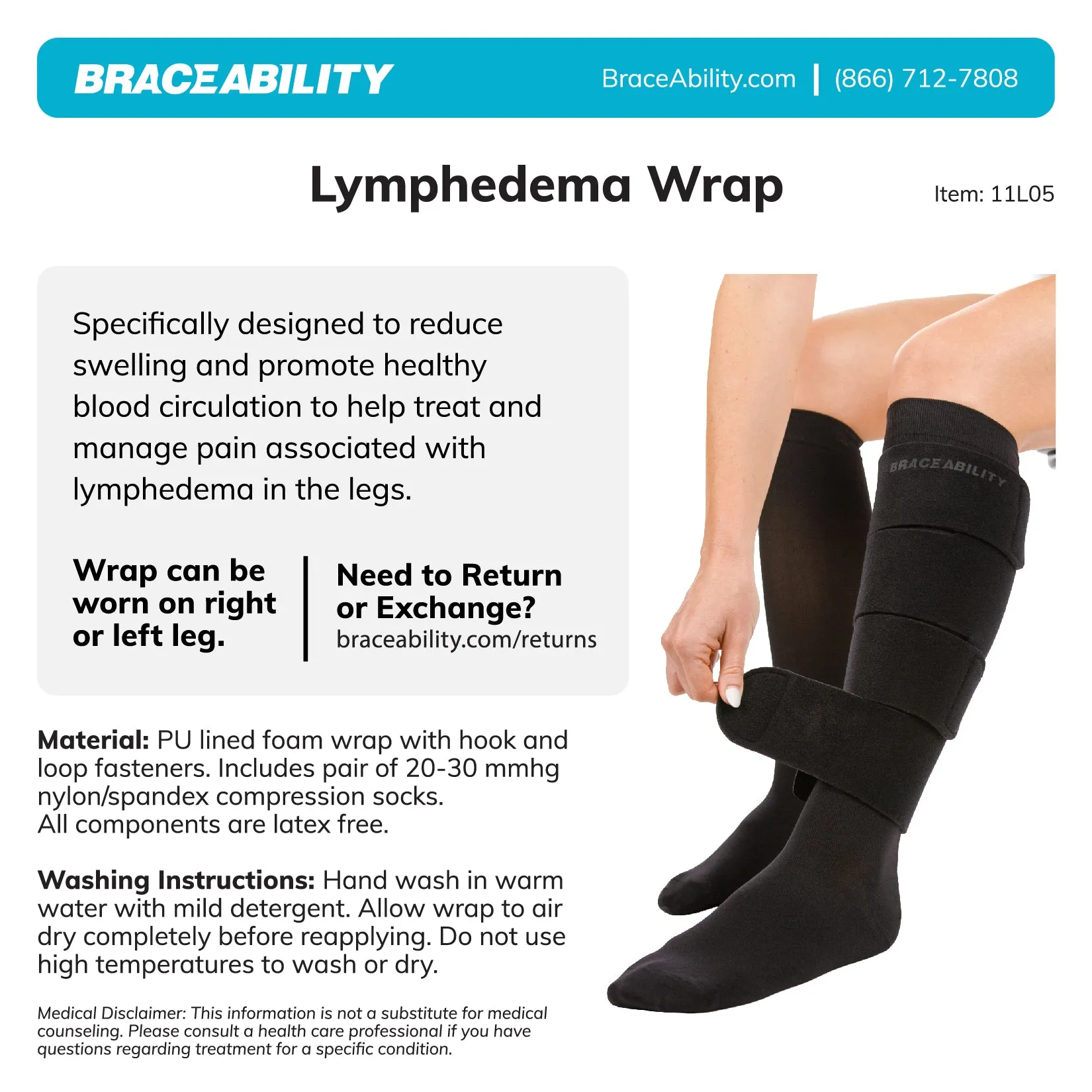
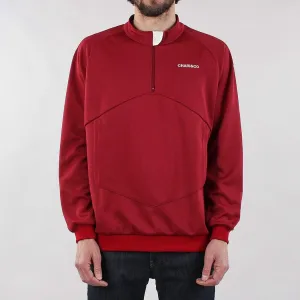

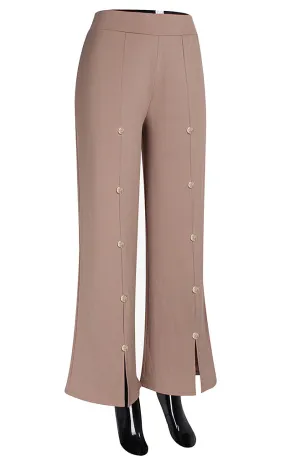
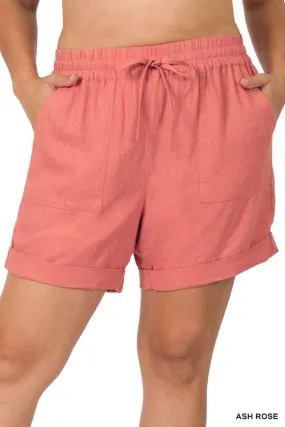
![Williamson Big Game Catcher 8 - Bonito [BGC8BO] Williamson Big Game Catcher 8 - Bonito [BGC8BO]](https://www.arcvicoutfit.shop/image/williamson-big-game-catcher-8-bonito-bgc8bo_Z9HdDH_285x.webp)


